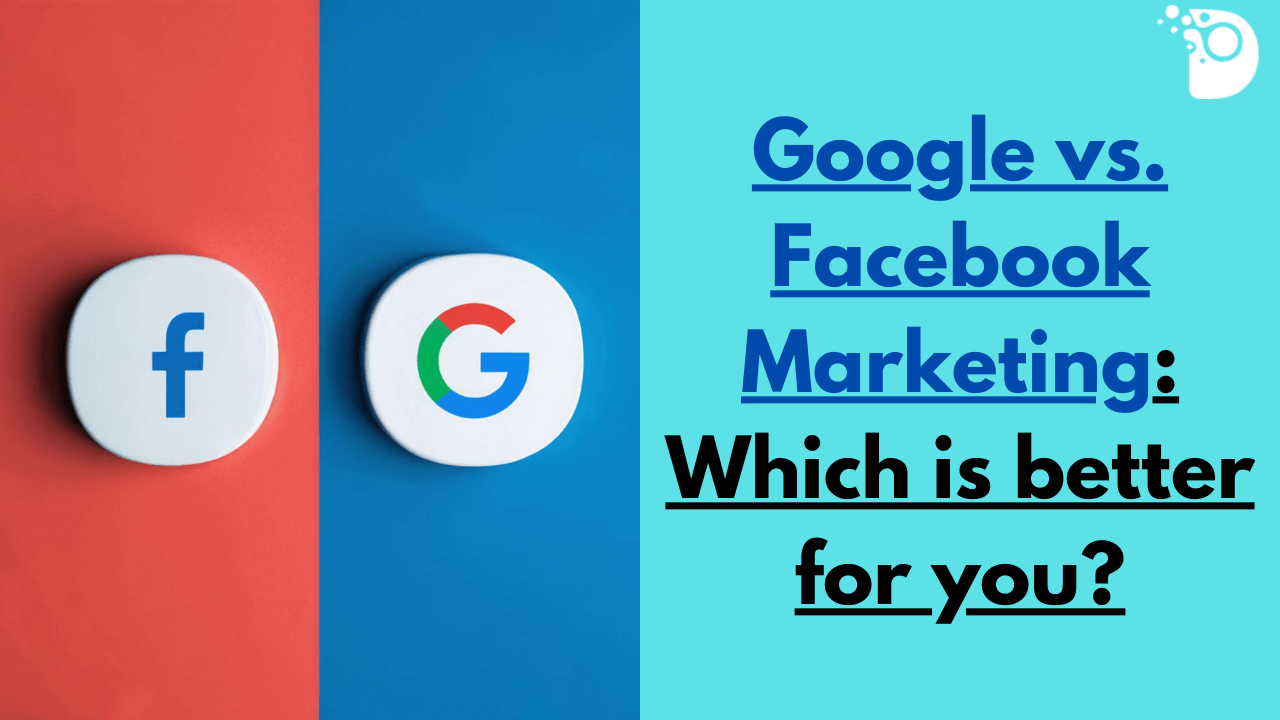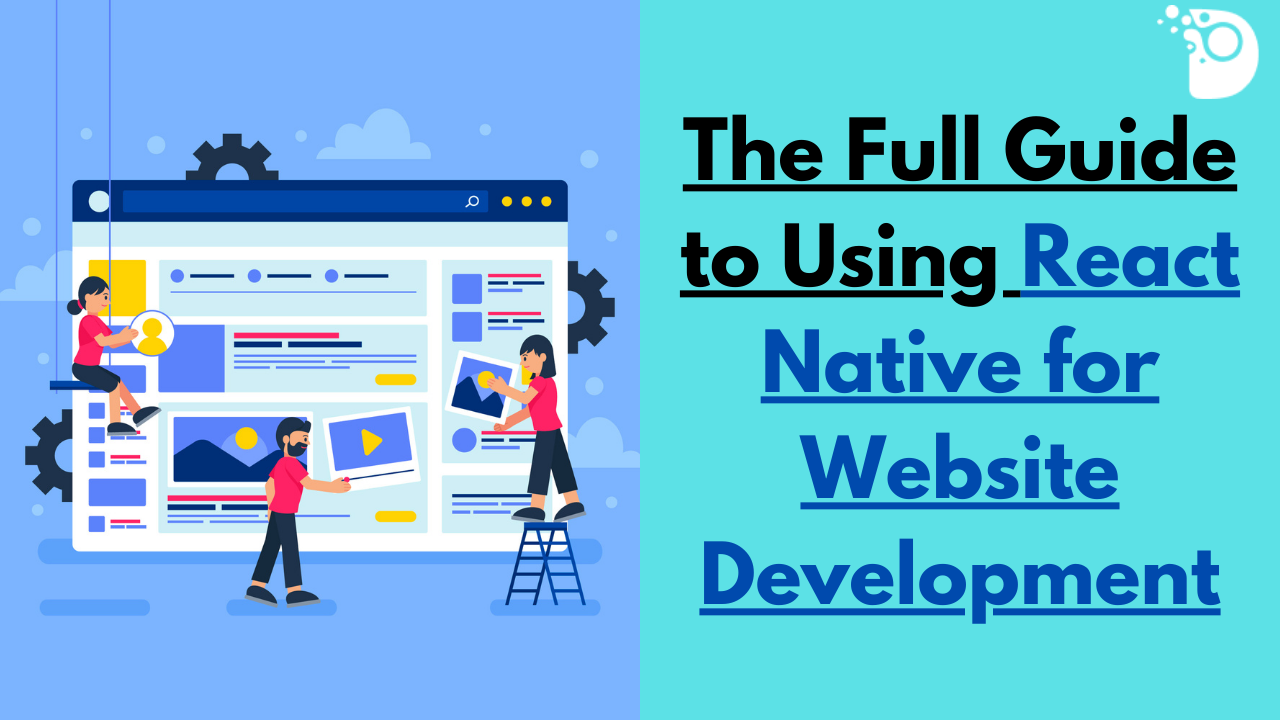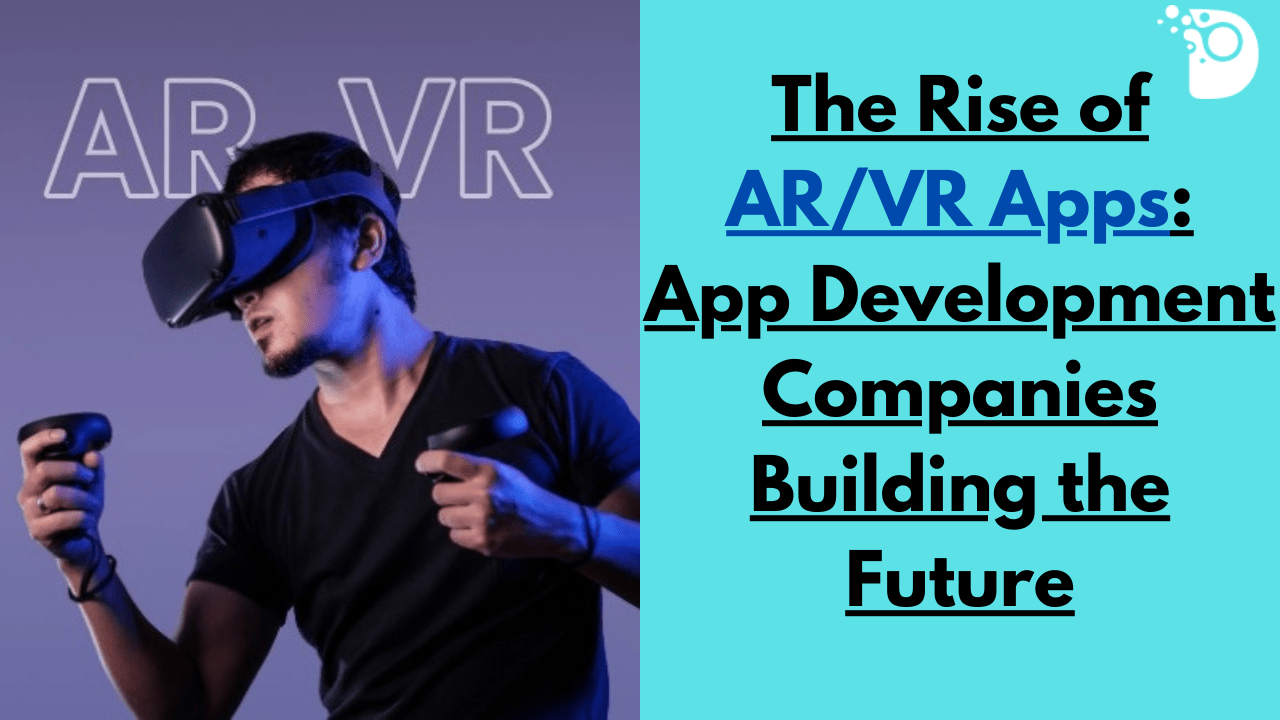In the ever-evolving landscape of mobile app development, choosing the right platform has become a critical decision for developers. With the dominance of iOS VS Android App Development, the two leading operating systems, it’s crucial to understand their strengths and weaknesses to determine the best fit for your app. In this article, we will dive deep into the comparison of iOS VS Android App Development in 2023, exploring various aspects such as market share, development environment, programming languages, app store distribution, monetization potential, fragmentation, user experience, security, hardware integration, developer support, and future trends.
Market Share and User Base
To make an informed decision, it’s essential to consider the market share and user base of iOS and Android. In 2023, Android continues to hold the majority market share, thanks to its availability on a wide range of devices across different price points. However, iOS maintains a strong position, particularly among users in affluent demographics and markets such as the United States and Western Europe. Understanding your target audience’s preferences and demographics is crucial when choosing between the two platforms.
Development Environment and Tools
The development environment and tools play a significant role in the efficiency and productivity of app development. iOS developers primarily utilize Xcode, Apple’s integrated development environment (IDE). Xcode offers a comprehensive suite of tools, including a code editor, graphical interface builder, and debugging tools for iOS app development. On the other hand, Android developers rely on Android Studio, Google’s official IDE. Android Studio provides a powerful set of development tools, including an intelligent code editor, a visual layout editor, and extensive testing capabilities. Both Xcode and Android Studio offer robust features to streamline the development process, but developers should consider their familiarity with the tools and their specific requirements when choosing a platform.
Programming Languages
When it comes to programming languages, iOS development primarily revolves around Swift, a modern and expressive language developed by Apple. Swift offers a concise syntax, type safety, and enhanced memory management, making it easier to write clean and reliable code. However, learning Swift might require some time for developers with a background in other programming languages.
In contrast, Android App Development traditionally relied on Java. Java is a versatile and widely adopted programming language with a vast ecosystem of libraries and frameworks. However, in recent years, Kotlin has gained popularity as a preferred language for Android development. Kotlin is a modern, concise, and interoperable language that offers enhanced safety features and reduces boilerplate code. The choice between Java and Kotlin depends on the developer’s familiarity, project requirements, and preferences.
App Store and Distribution
The app store and distribution process significantly impact the visibility and reach of your app. iOS apps are exclusively distributed through the Apple App Store, a curated marketplace known for its strict guidelines and rigorous review process. While the review process can be stringent, it helps maintain a high standard of quality and security for iOS apps. On the other hand, Android apps are distributed through the Google Play Store, which follows a less restrictive submission process. The Google Play Store allows for a faster app review and offers greater flexibility in terms of app content and updates.
Monetization and Revenue Potential
Monetization strategies and revenue potential are essential considerations for app developers. ios Application Development has long been associated with higher revenue potential due to the relatively affluent user base and a greater willingness to spend on apps and in-app purchases. The iOS platform offers various revenue models, including paid apps, in-app purchases, subscriptions, and advertising. However, it’s important to note that competition in the App Store is intense, making it crucial to deliver a unique and valuable experience to attract users.
On the other hand, Android apps have a broader reach due to the platform’s market dominance. Android developers can monetize their apps through similar revenue models as iOS, but they may need to consider alternative monetization strategies, such as in-app advertising, to maximize their revenue potential. Additionally, the availability of third-party app stores and a more diverse range of Android devices present opportunities for developers to explore different markets and revenue streams.
Fragmentation and Device Compatibility
One significant challenge in Android app development is the fragmentation of the ecosystem. Android is available on a vast array of devices from various manufacturers, resulting in differences in screen sizes, resolutions, hardware capabilities, and operating system versions. Developers must carefully consider device compatibility and extensively test their apps across different configurations to ensure a consistent user experience. In contrast, iOS has a more streamlined ecosystem, with a limited number of device models and operating system versions, making it easier for developers to achieve consistent performance and design.
Development Time and Cost
The development time and cost of an app can vary depending on the platform. iOS app development is often considered faster and more efficient due to the unified ecosystem, consistent hardware, and software standards. Developers can leverage Apple’s comprehensive development tools and resources to expedite the development process. However, it’s important to note that the complexity of the app and the experience of the development team can significantly influence the development timeline.
On the other hand, Android app development can be more time-consuming due to the fragmentation of devices and the need for extensive testing. Developers must account for variations in screen sizes, resolutions, and software versions, which may require additional effort to ensure compatibility across different devices. The cost of development can also vary depending on factors such as project complexity, development team size, and the need for extensive testing on multiple devices.
User Experience and Design
User experience (UX) and design play a crucial role in the success of an app. iOS and Android have distinct design guidelines and principles that developers should consider when creating their apps. iOS follows a more standardized and uniform design approach, known for its sleek and polished user interface. Apple emphasizes intuitive interactions, consistent typography, and a focus on clarity and simplicity.
Android, on the other hand, offers more flexibility and customization options for developers. It follows a material design language, which focuses on visual aesthetics, depth, and motion. The material design encourages the use of bold colors, responsive animations, and adaptive layouts, allowing developers to create visually engaging and interactive experiences.
Security and Privacy
Security and privacy are critical considerations in app development, particularly when handling sensitive user data. iOS is often regarded as more secure due to its stringent app review process, strict permissions model, and robust encryption mechanisms. Apple prioritizes user privacy and has introduced features like
App Tracking Transparency Gives Users More Control Over Their Data
Android has made significant strides in improving security over the years. Google Play Protect, a built-in security feature, scans apps for malware and provides protection against potential threats. However, due to the open nature of the platform and the availability of third-party app stores, Android users may be more susceptible to security risks if they download apps from untrusted sources.
Integration with Hardware and APIs
The integration of apps with hardware capabilities and APIs can enhance the functionality and user experience. iOS offers seamless integration with various hardware components, such as Touch ID, Face ID, and Apple Pay. Developers can leverage these features to provide secure authentication, convenient payment options, and innovative user interactions.
Android also provides extensive hardware integration capabilities, allowing developers to access features like fingerprint sensors, NFC, and custom device functionalities. Android’s open nature enables developers to explore more possibilities for hardware integration and create diverse app experiences.
Developer Community and Support
The developer community and available support resources are crucial factors to consider when choosing a platform. iOS and Android have vibrant developer communities with active forums, online resources, and dedicated documentation. However, the nature of the communities may differ, with iOS developers often focusing on a more curated and controlled environment, while Android developers benefit from the platform’s openness and community-driven development.
Both Apple and Google provide robust support for app developers. Apple offers extensive documentation, sample code, and regular updates to its development tools. Google provides a wealth of resources, including documentation, training courses, and community support. Developers should consider their preferences and requirements for support when choosing a platform.
Future Trends and Innovation
Staying up to date with the latest trends and innovations is essential for long-term success in app development. In the iOS ecosystem, SwiftUI has emerged as a powerful framework for building user interfaces across Apple platforms. With its declarative syntax and live previews, SwiftUI simplifies the development process and enables faster prototyping and iteration. Additionally, Apple’s focus on augmented reality (AR) with ARKit provides exciting opportunities for developers to create immersive experiences.
In the Android ecosystem, Jetpack Compose is gaining traction as a modern UI toolkit that simplifies UI development through a declarative approach. Jetpack Compose enables developers to build dynamic and interactive interfaces more efficiently. Android’s emphasis on 5G, foldable devices, and machine learning also opens doors for innovative app experiences.
Conclusion:
Choosing between iOS and Android for app development in 2023 requires careful consideration of various factors. Market share, user base, development environment, programming languages, app store distribution, monetization potential, fragmentation, user experience, security, hardware integration, developer support, and future trends all play a significant role in the decision-making process. Each platform has its strengths and weaknesses, and the ultimate choice depends on the specific requirements and goals of your app project.
By evaluating the market dynamics, considering development resources and tools, understanding user demographics, assessing revenue potential, and prioritizing factors such as user experience, security, and hardware integration, you can make an informed decision. It is important to weigh the pros and cons of each platform and align them with your app’s target audience, business objectives, and development capabilities.
Remember, there is no definitive answer to which platform is better—it ultimately depends on the unique context of your app project. By carefully considering the outlined aspects and understanding the evolving trends in iOS VS Android App Development, you can position yourself for success in the dynamic mobile app landscape of 2023 and beyond.






